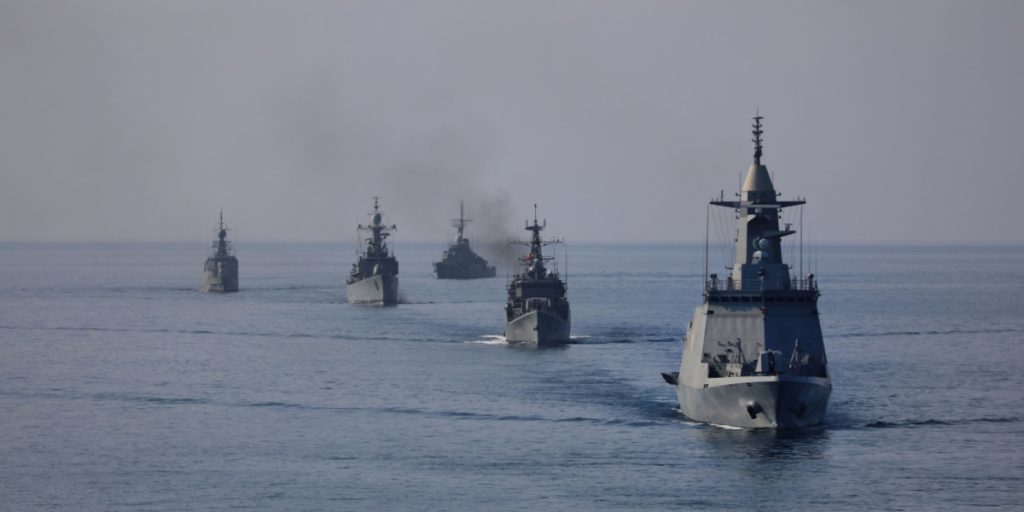Estonia will allow its navy in the Baltic Sea to respond to potential threats with force.
Others are reading now
Estonia will authorize its navy in the Baltic Sea to respond to potential threats with force, announced Defense Minister Hanno Pevkur.
“The navy, in the event of a threat and if necessary, will be granted the right to use force throughout Estonia’s maritime territory, including its economic zone,” Pevkur stated, as reported by Interfax.
The Ministry of Defense has prepared amendments to the laws governing the “Organization of the Defense Forces” and the “Economic Zone,” which will be submitted to the Estonian parliament for approval.
Under the proposed changes, military personnel would first need to contact the captain of any suspicious vessel, request a course change, and offer the opportunity to moor.
Also read
If force is deemed necessary, its use would require authorization from the Minister of Defense.
The decision comes during a time of growing concerns about sabotage in the Baltic Sea, including incidents of cable disruptions between Estonia and Finland.
In late December, Finland detained the Eagle S oil tanker, en route from St. Petersburg to Port Said, Egypt, on suspicion of involvement in such sabotage. The European Union has suggested these incidents could involve vessels from Russia’s so-called “shadow fleet.”
In response, NATO has increased its military presence in the Baltic Sea. Approximately ten NATO ships have been deployed to protect critical underwater infrastructure, according to Finnish news agency Yle.
On January 14, NATO launched Operation Baltic Sentry, a 90-day patrol mission that may be extended if necessary.
Polish Prime Minister Donald Tusk stated that Poland would “without hesitation” intercept vessels suspected of being involved in such incidents within its territorial waters.
Meanwhile, the Russian Foreign Ministry accused Western nations of leveraging these accusations to impose “arbitrary restrictions on international shipping” in the Baltic and limit Russian oil exports.

